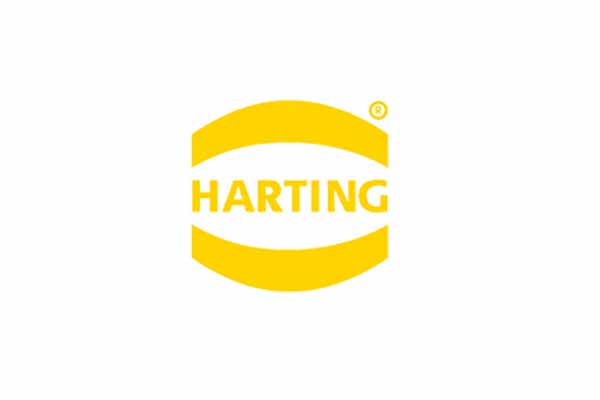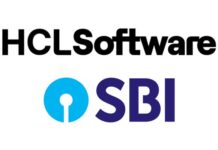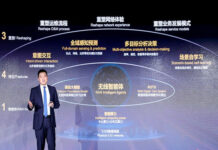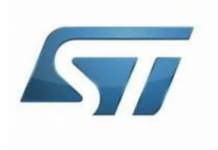The injection moulded part is custom-designed to fit between or around what ever the customer wants it to. The moulded part is doped with chemicals so that, after moulding, its surface is activated wherever conductive tracks are required “through laser-direct structuring, a procedure created by LPKF Laser & Electronics in 1996”, said Harting.

When the activated object is then exposed to a copper plating process, the metal only attaches to the laser structured areas, building conductive tracks and features. The company sees the process being used to make 3d circuits for sensors, LED lighting, antennas and miniature medical items. “Using 3D-Mid, manufacturers can now design devices that are less invasive and more comfortable for patients, particularly when it comes to monitoring and examining the patient from the inside,” said Harting.
“No longer is it necessary to insert a long endoscopic camera down the throat. You can instead consume a non-invasive capsule that contains a little camera that transmits 360° pictures of your body.” Harting has set up the website 3d-circuits.com to handle the service, and it will be making the parts in Switzerland. Researchers from Japan and Singapore revealed route to similar structures using 3d printing and metal plating, also using surface activation















